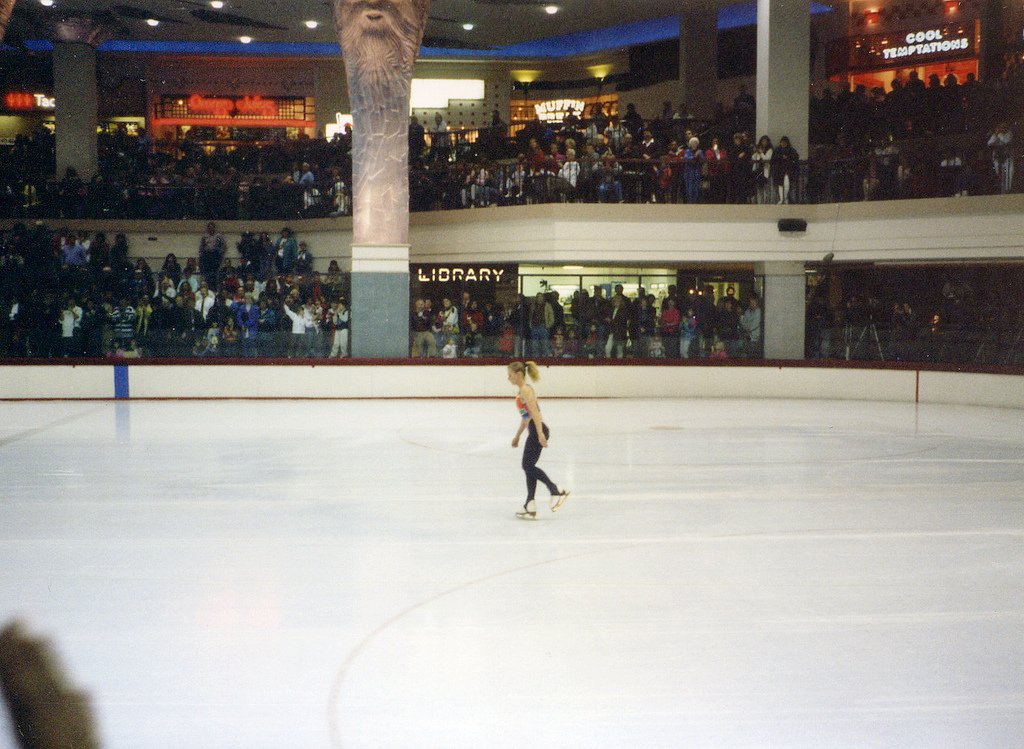There are probably quite a few people out there today who don't have a clue who Tippi Hedren is. Sorry old folks who are currently going harrumph, nobody gives a damn. For those of us not sullenly mumbling about "back in my day", Tippi Hedren was a somewhat famous actress from the 1960's and 1970's whose main claim to fame was starring in two Alfred Hitchcock films (The Birds and Marnie), which given she was blonde, involved her getting stalked by the famed director and having live birds thrown at her for days when she rebuffed his advances. For those of you who still have no idea who Tippi Hedren is, she's the mother of Melanie Griffith, who famously starred in the 1980's hit Working Girl, the penultimate film for lover’s of 1980's business women in large shoulder pads. What, you have no idea who Melanie Griffith is? Well, she's the mother of Dakota Johnson, who is better known as the woman a whole shit ton of other women pretend to be while watching the film Fifty Shades of Grey. God, Hollywood it just chock full of nepotism, ain't it.
Anyways, none of that is really important. Nor is it important that Hedren spent a large part of her money trying to save big cats like lions by turning her yard into a nature preserve for them, which eventually led to her daughter Melanie getting mauled by one. No, what's important is the fact that Tippi Hedren is pretty much entirely responsible for one of the biggest stereotypes concerning Vietnamese women in this country. No, not that the whole sideways you know what thing. Jesus, what in the hell is wrong with you? No, I'm talking about Vietnamese women running nail salons.
The year was 1975, and Tippy Hedren was really into having fancy nails. We're talking about the bright colored big old long ones that look like they can be used for gutting a fish. Aside from flashy claws, Tippy was also really into charity, as every good rapidly aging actor has to be. Tippy's charity of choice worked with Vietnamese refugees, which what with the Vietnam War coming to a less than stellar end, there was a shit ton of in the U.S. at the time, especially in California. After visiting a refugee camp near Sacramento, Tippy decided to use her Hollywood magic to help the women refugees by getting them some job training. She brought in seamstresses, typists, and many others, but none of it really took off; mostly because few of the women had any English skills. However, though the women had little interest in typewriters covered in strange letters and numerals, they were completely enamored by Tippy's fingernails. That's when it hit her. She loved having her nails done, these women needed jobs, so why not have the women do her nails.
Things kind of took off from there. Tippy not only flew in her personal manicurist to give lessons, she also partnered with a local beauty school to create a space for those lessons to occur. When the Vietnamese women started graduating, Tippy worked her Hollywood magic again, this time by helping the women find jobs. Where once there had been a camp full of refugees, now there was a whole gaggle of enterprising women, and boy howdy how they were enterprising. The Vietnamese women, what with being broke refugees and all, charged half of what other manicurists charged for their services. This had the dual result of shifting manicures from a luxury only affordable by the bourgeois to something anyone could purchase, and driving pretty much all of the non-Vietnamese competition out of business. Thanks to every woman and their dog in America getting a manicure, the industry began booming and is today estimated to worth somewhere in the area of $8 billion nationwide. Today, it is still dominated by Vietnamese, who own 50 percent of the ships in the country. Not bad for a woman mostly famous for getting birds thrown at her face.
Image: https://commons.wikimedia.org/wiki/File:Tippi_Hedren_in_1982.jpg



